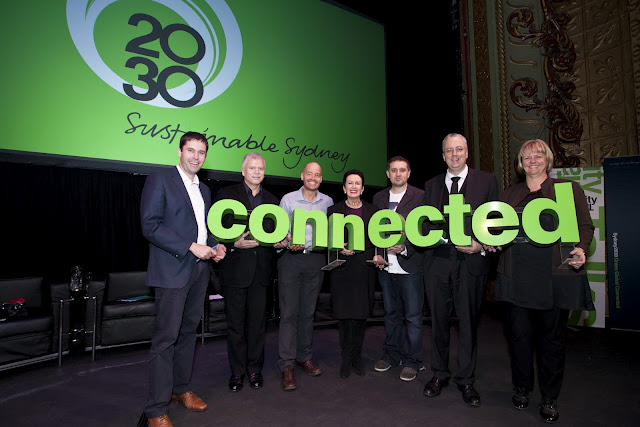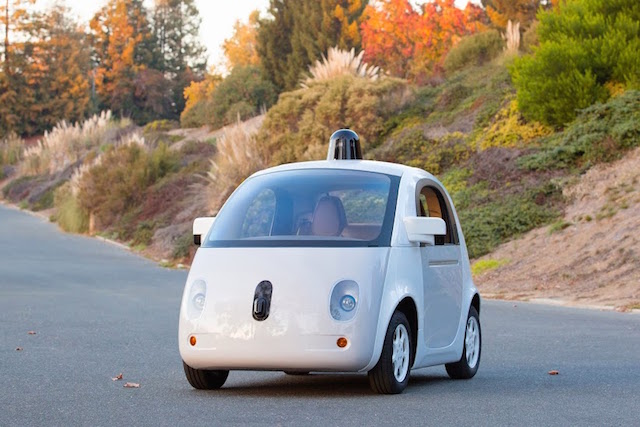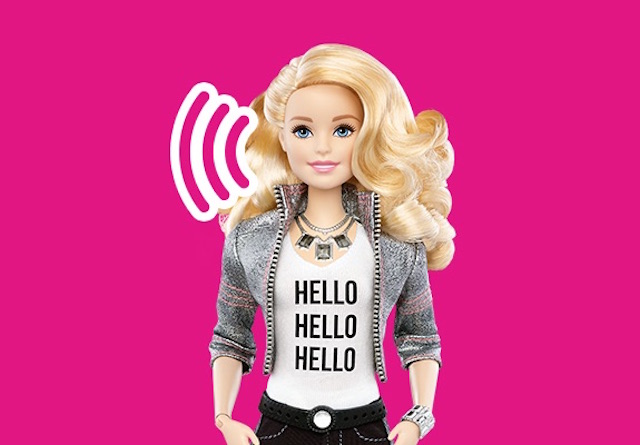AT&T is expected to announce a new smartcity strategy at next week’s Consumer Electronics Show in Las Vegas.
Three years ago we interviewed Barcelona’s deputy mayor Antoni Vives about the possibilities of the smart city. What was notable about his views was the emphasis on the social and ecological benefits of these technologies.
“Barcelona has to become a city of culture, creativity, knowledge but mainly fairness and well being,” Vives said. “I would love to see my city as a place where people live near where they work, I would love to see the city self sufficient in energy and it should be zero emission city.”
Vives’ point is essential in the smart cities discussion. While the gadgets and data analytics aspects are important, it’s the benefits to government and the city’s inhabitants that are essential.
Which is a problem for telecommunication providers and tech vendors looking to find new, high margin, markets as most of the products they are touting are the classic ‘solution looking for a problem’ that has been a future of the computer industry for decades.
Telcos are in a more difficult position as many of the smart cities are deploying their own wireless networks which compete with their own often expensive solutions, particularly M2M services that rely on devices having costly SIM cards fitted.
It’s hard not to think AT&T’s move is one of a desperate late comer to a party that’s already not living up to expectations, it will be interesting to see if their CES announcement sparks some life back into the smartcity discussion.




